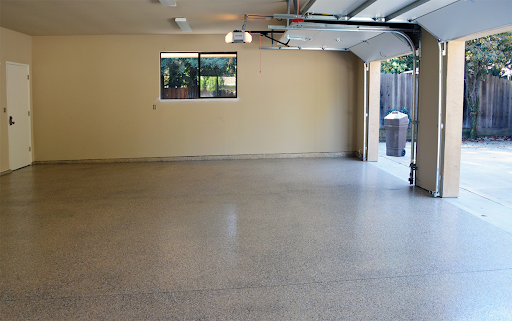Movement disorders are a group of neurological conditions that affect a person’s ability to control the movement of their muscles. These disorders can lead to abnormal voluntary or involuntary movements, impacting overall motor function and quality of life. For those living with such conditions, understanding the types of disorders and the treatment options available can help in managing symptoms effectively.
What Are Movement Disorders?
Movement disorders comprise a broad category of neurological conditions that disrupt the body’s ability to perform smooth and purposeful movements. The root causes vary and may include genetic predisposition, injuries to the nervous system, infections, or underlying neurological diseases. These disorders can progressively worsen or remain relatively stable over time, depending on the underlying cause.
What Are the Different Types of Disorders?
Numerous types of disorders exist. They are often categorized based on their clinical features. Below are some of the most commonly recognized movement disorders.
Parkinson’s Disease
Parkinson’s disease is among the most well-known movement disorders. Although Parkinson’s primarily affects motor function, individuals may also experience non-motor symptoms sleep disturbances, and cognitive changes. It is characterized by a progressive loss of dopamine-producing neurons in the brain, leading to symptoms such as:
- Tremors
- Rigidity or stiffness
- Bradykinesia (slowness of movement)
- Postural instability
Ataxia
Ataxia refers to a group of disorders that impair coordinated voluntary movements. It typically results from damage to the cerebellum, the brain region responsible for coordination and balance. Symptoms may include clumsiness, wobbliness, and difficulty walking or performing fine motor tasks. Ataxia may be hereditary or acquired, often caused by conditions such as strokes, trauma, or chronic alcohol use.
Huntington’s Disease
Huntington’s disease is a genetic condition that affects both movement and cognitive function. Symptoms include chorea movements, loss of coordination, behavioral changes, and emotional disturbances. This inherited disorder progresses over time, significantly impacting both motor skills and overall neurological function.
Tourette Syndrome
Tourette syndrome primarily presents as repetitive and involuntary tics. These may involve physical movements (motor tics) or vocalizations (vocal tics). While its onset generally occurs in childhood, the severity and frequency of tics can fluctuate over a person’s lifetime.
Restless Legs Syndrome (RLS)
RLS causes a strong, often uncontrollable urge to move the legs, particularly during periods of rest or inactivity. It is commonly associated with sensations of discomfort or itching deep within the limbs. For individuals with RLS, symptoms can be worse at night, leading to sleep disturbances and fatigue.
How Are They Treated?
The treatment of movement disorders depends largely on their type, underlying cause, and severity. Certain medications are designed to either reduce symptoms or target the underlying neurological dysfunctions. Medications are typically a common first approach and are prescribed under close medical supervision due to potential side effects or interactions with other treatments.
Therapeutic interventions focus on improving motor functions, posture, and balance. Physical therapists work with individuals to strengthen muscles, enhance coordination, and reduce the risk of falls. Occupational therapy is also beneficial for teaching techniques that restore independence in daily activities like dressing, eating, or writing.
When to Seek Professional Treatment
While occasional tremors, stiffness, or restlessness may not always indicate a movement disorder, persistent or worsening symptoms should prompt a consultation with a medical professional. Early evaluation can help identify potential causes and guide appropriate management strategies. Though managing movement disorders requires ongoing attention, many individuals benefit from a combination of medical treatments, therapies, and lifestyle support tailored to their specific needs. Speaking with a healthcare provider can offer further clarity on the best approach to tackling symptoms and regaining control of motor function.









